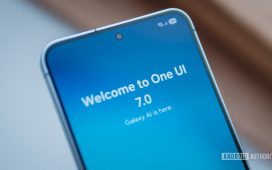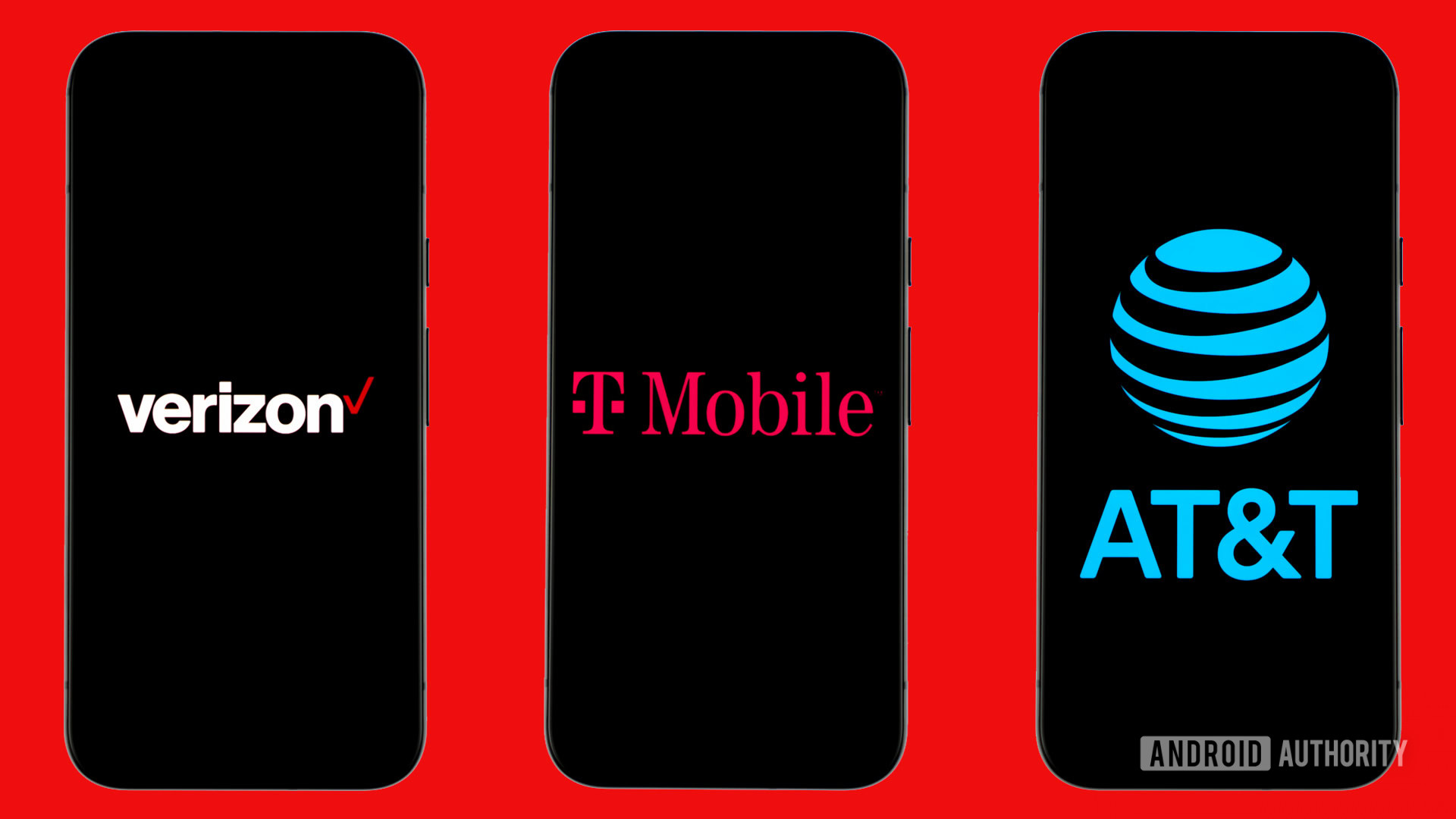
Edgar Cervantes / Android Authority
Last summer, I wrote about how I feel that for many, prepaid is a better choice over postpaid, at least once you get past some of the biggest prepaid myths many average users still believe are true in the US. To be fair, at the time, I did admit there were still several reasons to consider signing up for postpaid over prepaid, including better options for device protection, payment plans, and more.
A year later, I’ve changed my mind, and I can no longer in good conscience recommend postpaid for new users. The main reason for my change in tune is that several big prepaid carriers have risen up and shrunk the gap between prepaid and postpaid. Meanwhile, the big postpaid carriers have made a few pretty big changes over the last year or so that have further diminished their value.
Is postpaid service still worth it over prepaid?
0 votes
Continued fees, price increases, and shaky promises
Over the last several years, Verizon, AT&T, and T-Mobile have increased prices across the board. They’ve raised costs on legacy plans, inflated recovery fees, and in some cases, even reduced the autopay discounts. While some of these changes date back to around 2016–2018, the trend has only accelerated in the past year.
And these aren’t the only negative shifts:
- Verizon and AT&T have scaled back their streaming perks, though Verizon still offers some discounted partner bundles.
- All three have made cuts to customer support. T-Mobile has been especially aggressive — requiring customers to use their own devices in-store to manage plans, buy phones, and more.
- T-Mobile Tuesdays has lost much of its charm, and their price guarantee is now little more than a marketing ploy.
- AT&T and Verizon have moved to three-year financing terms to lock customers in longer. T-Mobile remains on two-year terms, for now.
Postpaid has been slowly declining in overall value for about a decade. Meanwhile, prepaid has gone in the opposite direction.
Prepaid has nearly closed the gap in many ways
In the early days, the US prepaid market mostly served teens and those with poor credit or limited financial means. Over the last ten years — and especially since the pandemic — prepaid has grown up.
Today, we’re seeing prepaid services that can match or even exceed postpaid offerings in some areas. And while not all prepaid plans are created equal, several premium options now provide flagship devices, unlimited data, in-store support, insurance, and more.
Let’s take a look at the best prepaid carriers that give the big three postpaid providers a serious run for their money. Keep in mind, the focus here is on unlimited plans.
Google Fi Wireless
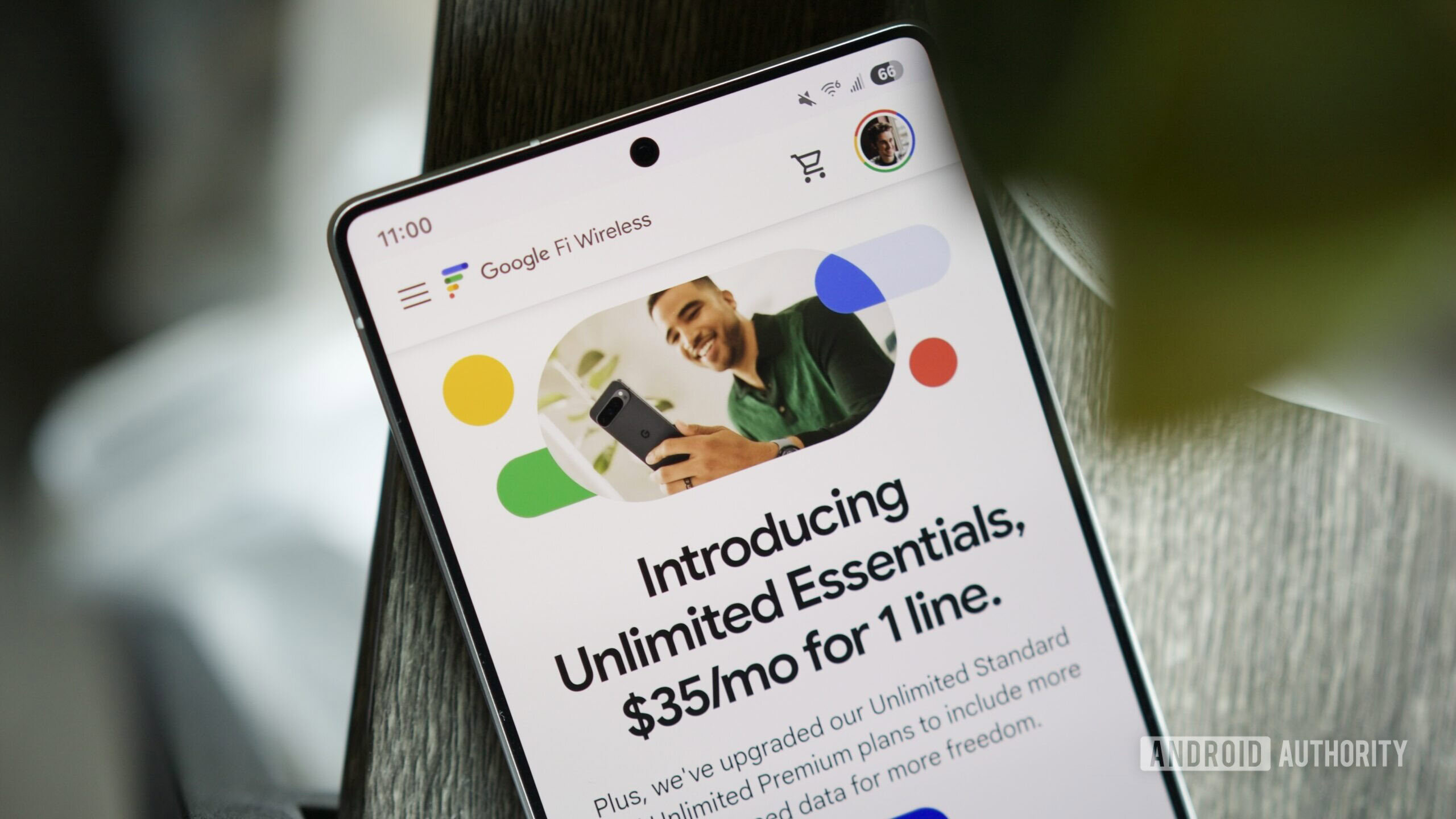
Joe Maring / Android Authority
Once a standout for its flexible pricing and travel perks, Google Fi stalled for a bit, but its latest refresh puts it back on top for those who want a near-postpaid experience on T-Mobile’s network.
- Pricing: $35-$65 per month, or as low as $23-$40 per line for four or more.
- Data priority: Same priority as T-Mobile Experience plans.
- Unlimited cap: 30-100GB of high-speed data, 256Kbps after.
- Physical support stores: None.
- Phone selection and promos: No iPhones, but excellent deals on flagship and mid-range Pixel and Galaxy devices that are hard to beat.
- Customer service: Marginally slower or less responsive customer service compared to postpaid.
- Device payment plans and insurance: Google Fi Wireless has no insurance options, but there are payment plans.
- How it stands out: Google Fi is best known for its outstanding international data plans, which at the highest-end outperform all postpaid alternatives while costing less.
Metro by T-Mobile
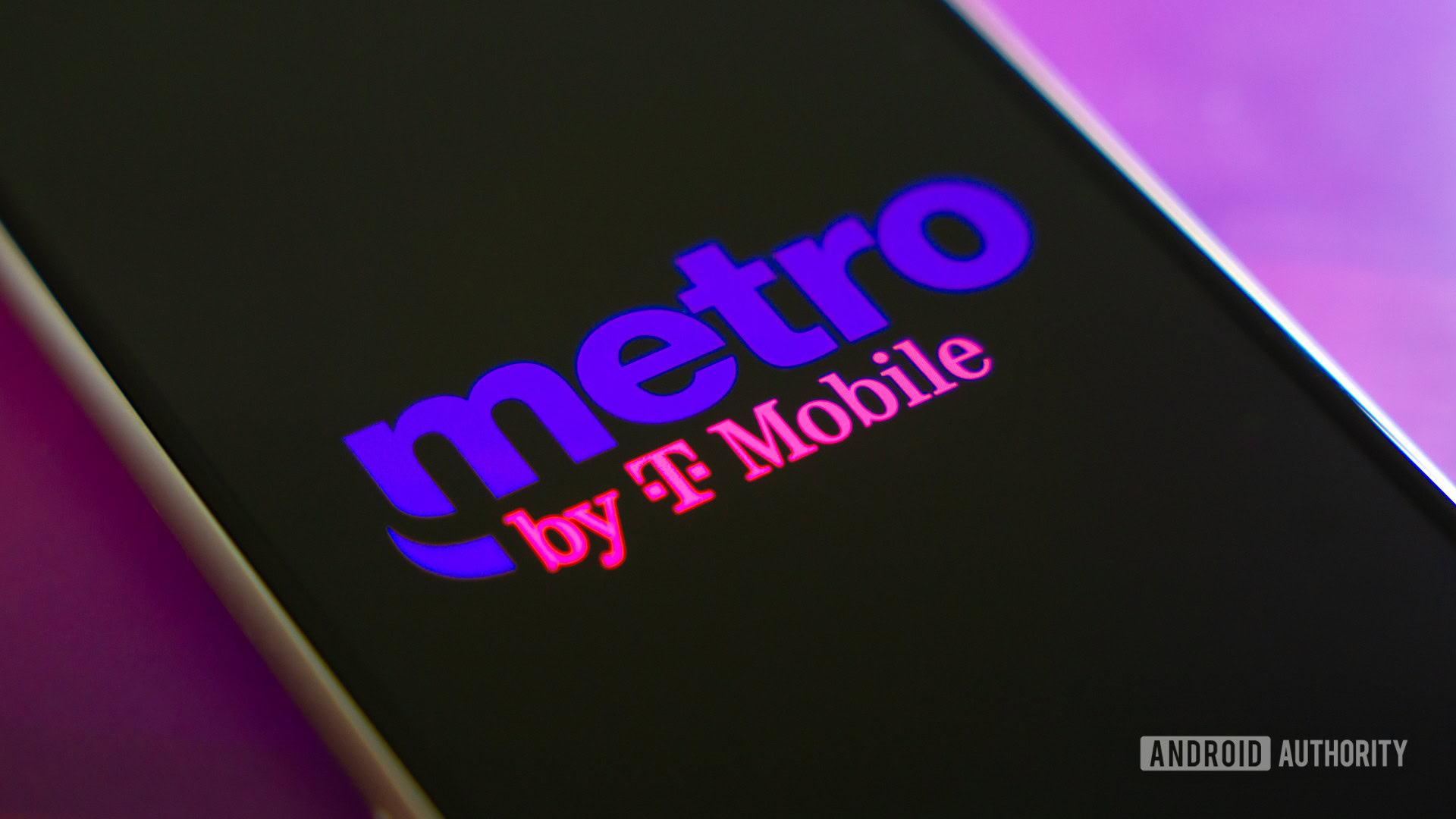
Edgar Cervantes / Android Authority
Metro offers a similar experience to its parent company, with perks like T-Mobile Tuesdays and a price lock, but at lower network priority and with more of a budget slant.
- Pricing: $40-$60 per month, or as low as $25-$35 per line for four.
- Data priority: Lower priority data than all postpaid T-Mobile plans.
- Unlimited cap: 35GB full speed, then unlimited deprioritized data
- Physical support stores: Over 6,000 locations.
- Phone selection and promos: Free or cheap phone promos on popular budget or older flagship devices.
- Customer service: Should be similar to T-Mobile and other postpaid providers.
- Device payment plans and insurance: Metro offers both payment plans and insurance options.
- How it stands out: Metro is basically the closest thing to T-Mobile’s postpaid service in terms of user experience, despite lower network prioritization.
Cricket (AT&T)
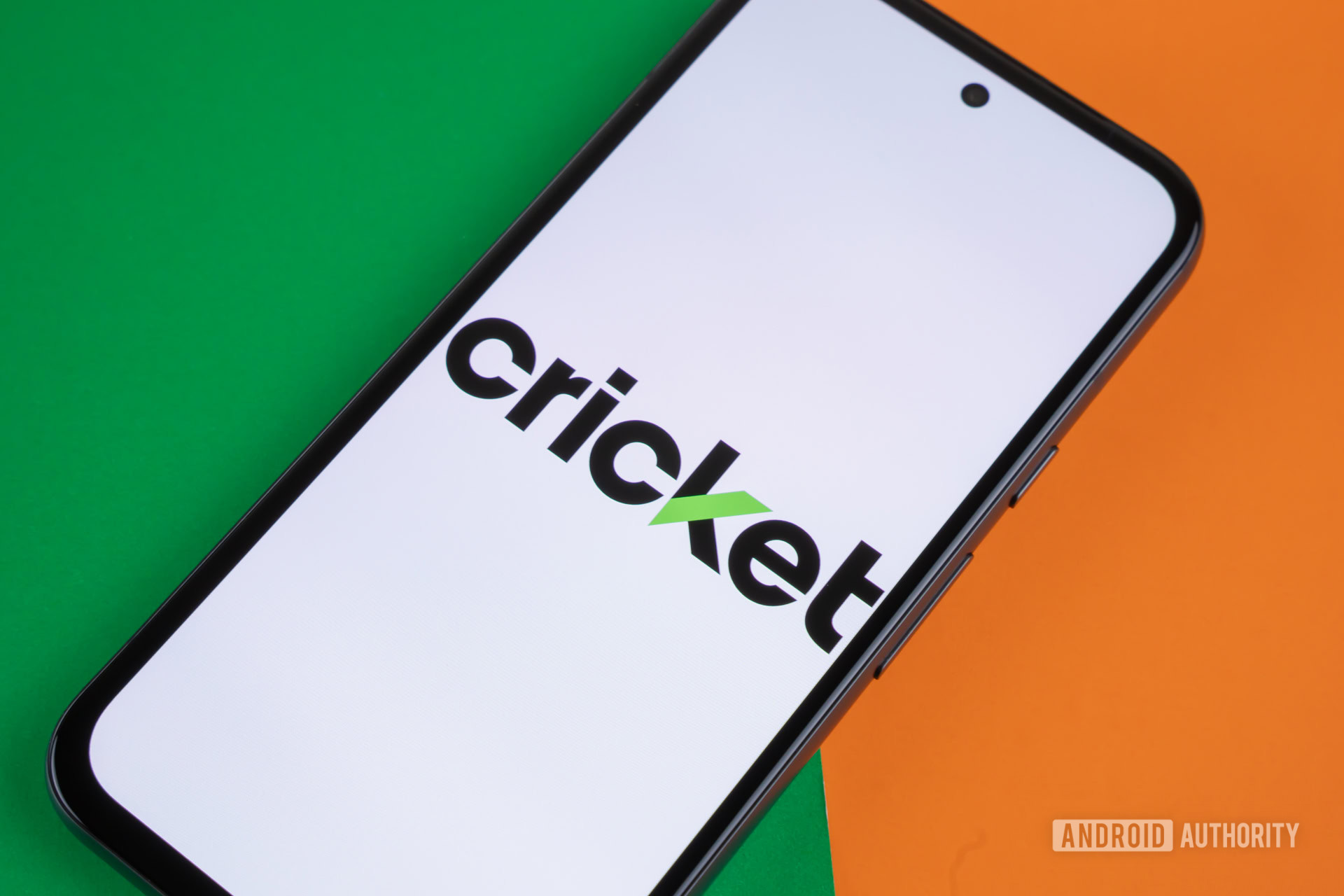
Edgar Cervantes / Android Authority
Cricket is more than just a budget brand — it arguably beats AT&T in perks, thanks to free Max streaming on premium plans. It also had decent upgrade plans, in-store support, and more.
- Pricing: $55-$60 per month, or as low as $25-$32 per line for five.
- Data priority: The Highest unlimited plan offers the same priority as mid-range or higher AT&T postpaid plans, while the cheaper plan has lower priority, like AT&T’s entry-level plans.
- Unlimited cap: Truly unlimited, though it may see lower priority in times of congestion.
- Physical support stores: Over 4,000 locations.
- Phone selection and promos: Free phone upgrades are typically mid-range or lower, but there are some higher-end promos where you’ll pay notably less than standard retail, such as the Moto Razr 2024 for just $99.
- Customer service: Very similar to AT&T and other postpaid providers.
- Device payment plans and insurance: Cricket offers both payment plans and insurance options.
- How it stands out: You’ll get a similar experience to AT&T for less, while also getting extras you wouldn’t find on AT&T postpaid, like Max streaming on the high-end plan.
Total Wireless (Verizon)

Total has evolved into Verizon’s answer to Cricket and Metro, offering solid family pricing and optional perks, but with less storefront presence.
- Pricing: $40-$60 per month, or as low as $23-$27 per line for five.
- Data priority: base plan has Verizon’s lowest priority data, while Total plans have unlimited higher priority data that matches mid-range or higher Verizon postpaid plans.
- Unlimited cap: Truly unlimited, though it may see lower priority in times of congestion.
- Physical support stores: Over 800 locations.
- Phone selection and promos: Free or cheap phone promos on popular budget or older flagship devices.
- Customer service: Considered a bit lower than Verizon proper, though it’s probably the closest thing to Verizon postpaid.
- Device payment plans and insurance: Total doesn’t offer payment plans, but it does have optional insurance.
- How it stands out: Total is best for families as the discounts are substantial. It also offers Disney Plus Premium with select plans, so that’s a nice extra too.
Visible (Verizon)
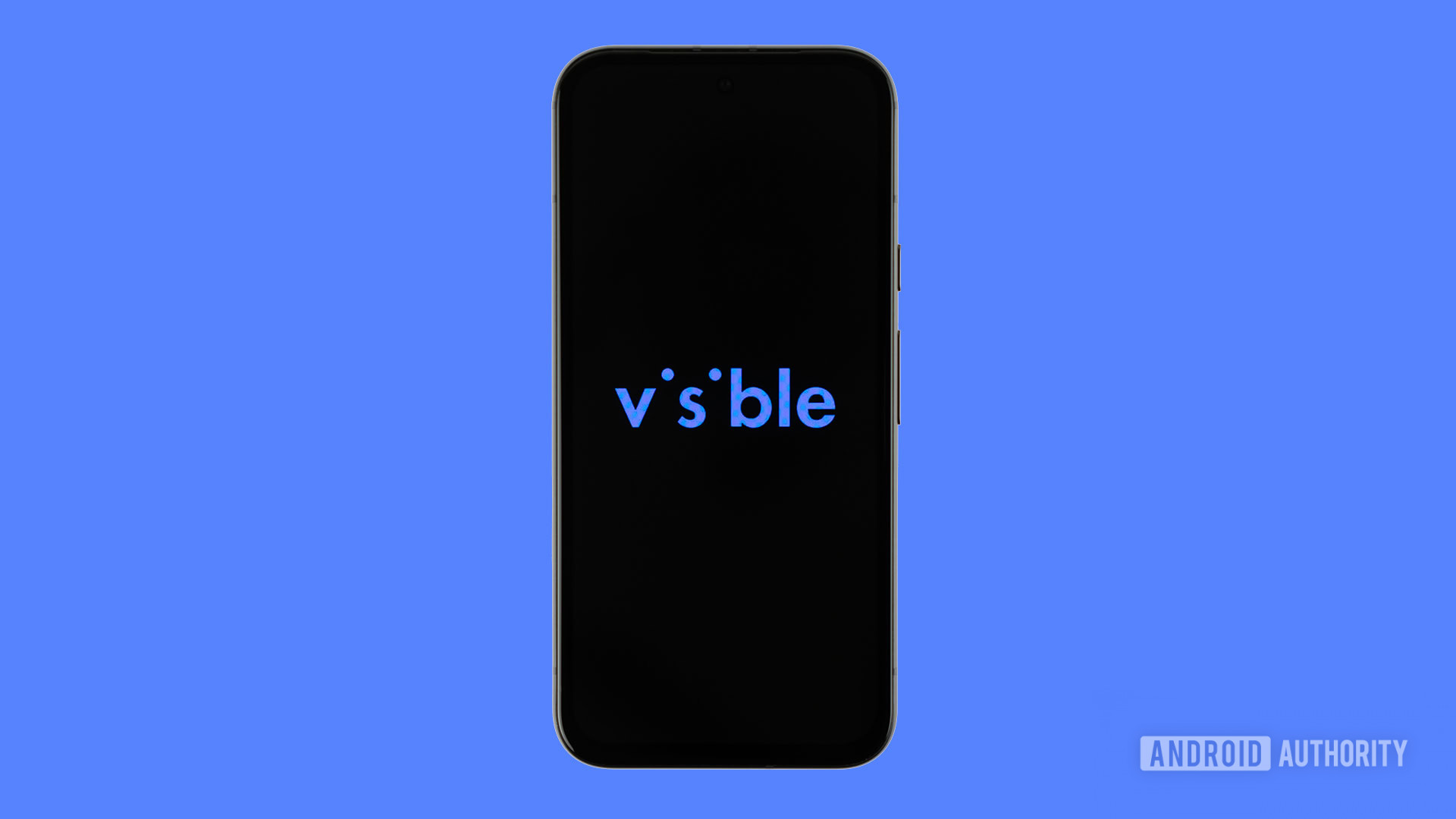
Edgar Cervantes / Android Authority
Visible trades frills for simplicity. It’s online-only, no stores, but it gives you a surprisingly premium network experience at a low price.
- Pricing: $25-$45 per month.
- Data priority: base plan has Verizon’s lowest priority data, while the rest have Verizon’s highest priority.
- Unlimited cap: Truly unlimited.
- Physical support stores: None.
- Phone selection and promos: Free and discounted pricing on many mid-range plans.
- Customer service: Visible only offers online-based customer service.
- Device payment plans and insurance: Visible offers both device financing and insurance options.
- How it stands out: Google Fi is best known for its outstanding international data plans, which at the highest-end outperform all postpaid alternatives while costing less.
Prepaid has a lot to offer, including big savings
In 2025, the differences between prepaid and postpaid aren’t as large as you might think. Premium prepaid carriers now offer device financing, insurance, in-store support, unlimited data, streaming perks, and more.
What are you really missing when you switch to prepaid in 2025?
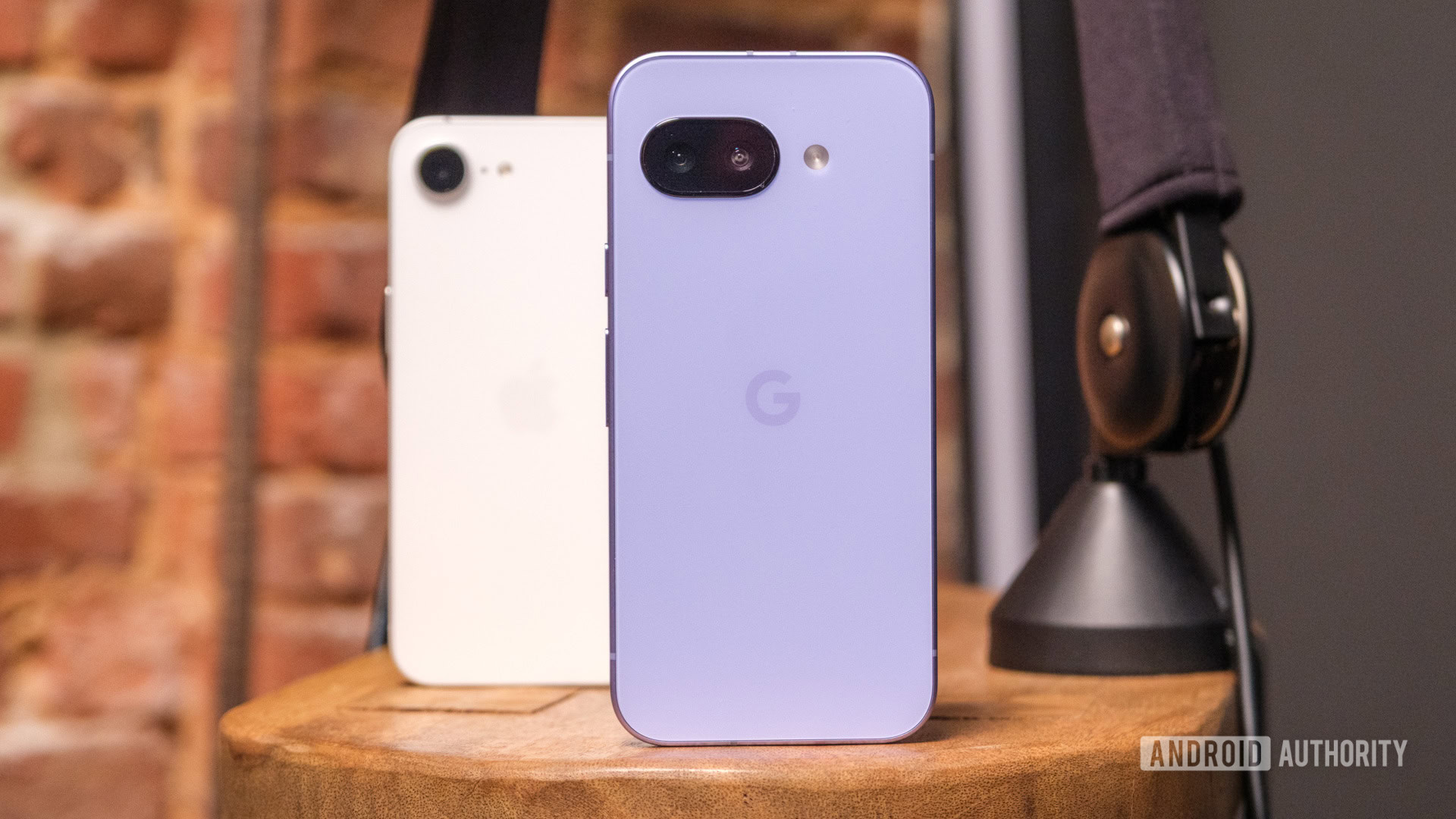
Ryan Haines / Android Authority
As much as prepaid has improved, there are still trade-offs. Especially on the lower end, prepaid plans can’t match everything postpaid offers. Here’s where postpaid still has the edge:
- Device financing is often simpler. You’ll typically find a wider range of devices, there’s no use of a third-party like Affirm. You’ll also find more trade-in offers in the postpaid world, though there are a few prepaid exceptions.
- Promo and credits are going to be better. Not only are there more trade-in options, but you’ll find more free phone offers and other special promos on postpaid.
- No Upgrade Early or similar features. While some high-end postpaid plans let you upgrade your phone early by trading it in for a new one, you won’t find any programs that quite match this in the prepaid world.
- Network speed is better on postpaid, typically. There are now prepaid carriers that offer the same high priority level as postpaid, but the truth is that there are other network management factors beyond just QCI at play. Even these higher-priority prepaid plans will be slightly lower than mid-range or higher postpaid plans.
- Domestic roaming is often better on postpaid. Although there are international options that rival or exceed postpaid, you’ll often find that postpaid has better roaming agreements within the US. This isn’t always true, though.
- Customer service is allegedly better. Let’s be honest, in-store customer service and even online and phone-based options have gone downhill across the board. While postpaid might still have the edge here, it’s a marginal one at best.
There are likely a few other things, but those are the biggest advantages. The thing, though, is that there are workarounds for almost all these things:
- Financing may require using a third-party service like Affirm, and insurance might not be bundled, but they’re still available.
- While promos are less frequent, you can still score great deals with the right timing or carrier.
- Early upgrades aren’t built in, but prepaid savings often free up cash, and you can also resell and upgrade your phone manually.
There’s not as much you can do about the rest, but also keep in mind the gap here isn’t that big either.
Sure, Visible Plus or US Mobile might see slightly lower speeds and performance than mid-range or higher postpaid, even if they have the same higher priority data, but honestly, the difference is small enough you wouldn’t notice it outside a speed test.
Domestic roaming might not be as good, but you should do your homework as you’ll likely find a prepaid carrier that covers you in most of the same locations, even if not quite as well. Some carriers like Google Fi do have limited roaming agreements with Verizon and others in select areas, even if these aren’t well-advertised. There are also smaller roaming partners that can help with some of the rural gaps, too.
Ultimately, postpaid is more convenient by a wide margin, while prepaid requires you to get a little creative or go through a few more steps to reap the rewards of major savings.
Postpaid vs prepaid: Which should you choose?
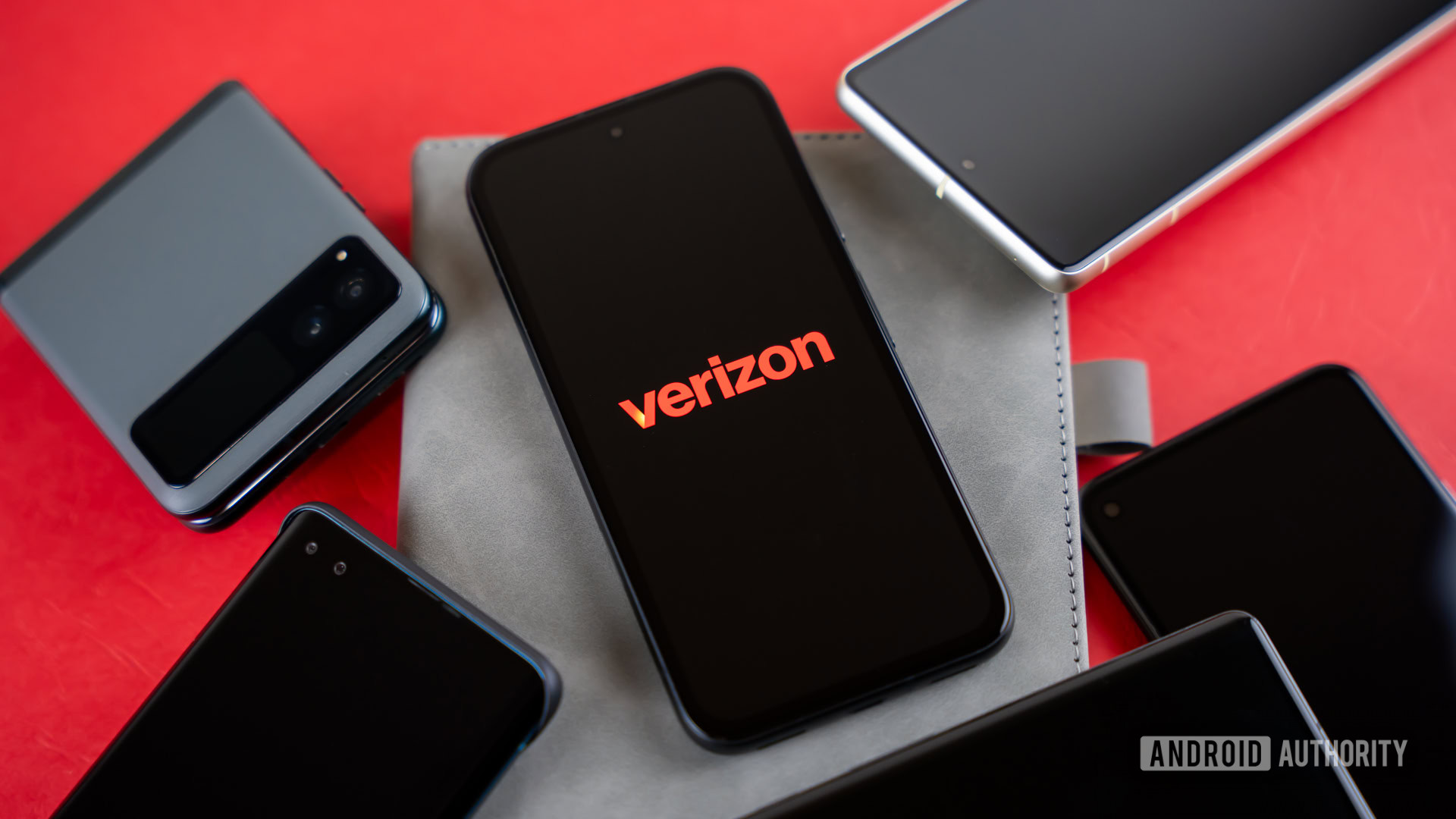
Edgar Cervantes / Android Authority
If you care about convenience enough to pay through the nose for it, postpaid is still the better choice. You’re not going to find a 1:1 match in the prepaid world. Still, for most people, prepaid is more than “good enough” —it’s the smarter choice. The experience has improved so much that switching now feels like a logical step for most users outside of niche use cases, such as corporate accounts.
Of course, legacy customers are an important exception. If you grandfathered into a decent postpaid plan and are still happy with it despite recent legacy plan price increases, there’s no real reason to consider switching to prepaid. You’ll likely still save money, but the gap between the service provided will be larger with many of these older plans.

